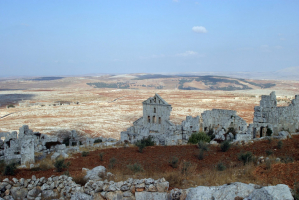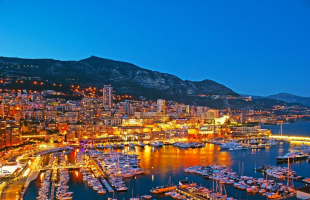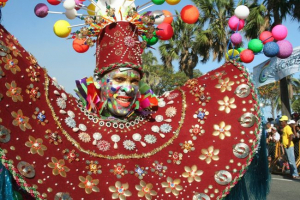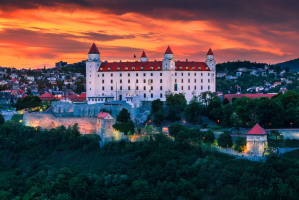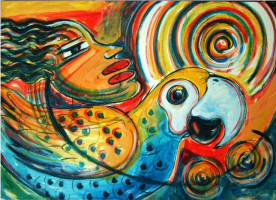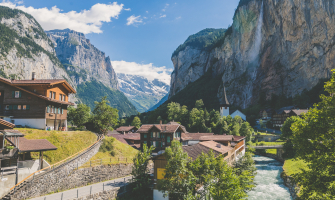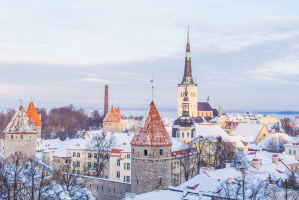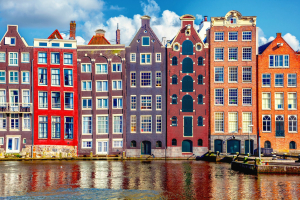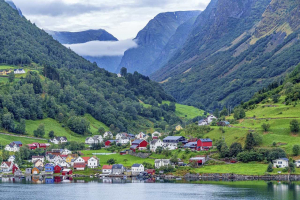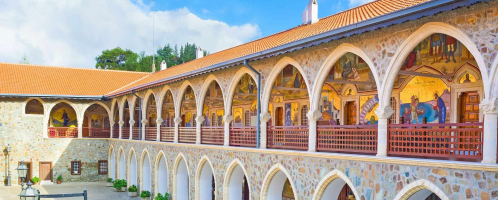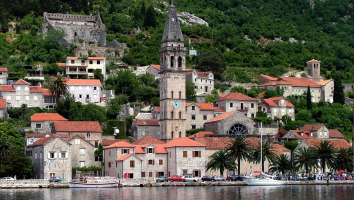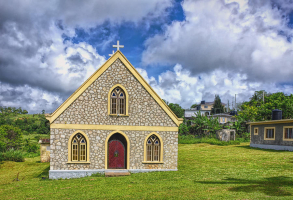Top 10 Spanish Culture, Customs and Etiquette
Should you remove your shoes when visiting friends? Should you greet those on elevators with a smile? When thinking about the dos and don'ts in your own ... read more...nation, these questions might not seem like the most obvious ones, but things that you might not even consider at home can have a major impact abroad. Here is a list of Spainish Culture, Customs and Etiquette.
-
Family is one of the most essential components of Spanish culture; no celebration would be complete without a large group of people coming together, but this is more prevalent outside of the big cities where contemporary living has a negative impact. Nevertheless, the elderly are respected, and it is customary for aging relatives to receive care at home. Children are also completely liked and welcomed into everything.
La comida, or lunch, is the largest meal of the day in Spanish families and often lasts from 2 to 4 p.m. For the midday meal and siesta, it's usual for businesses and entire towns to close down, especially in more remote areas. Evening dinners, which frequently begin around 10 o'clock, are typically preceded by a leisurely promenade, or paseo, during which you could enjoy an aperitif at one or more bars.
Friends meet for meals more frequently in restaurants, but if you are asked to someone's home for supper, bring a modest present for any youngsters as well as some flowers, a bottle of wine, and/or some chocolates (though avoid dahlias, chrysanthemums and flowers in odd numbers as these would only be given at funerals). Remember that excessive drinking is uncommon, and despite the fact that there seems to be a bar on every corner, people often go there for coffee and conversation rather than to become wasted.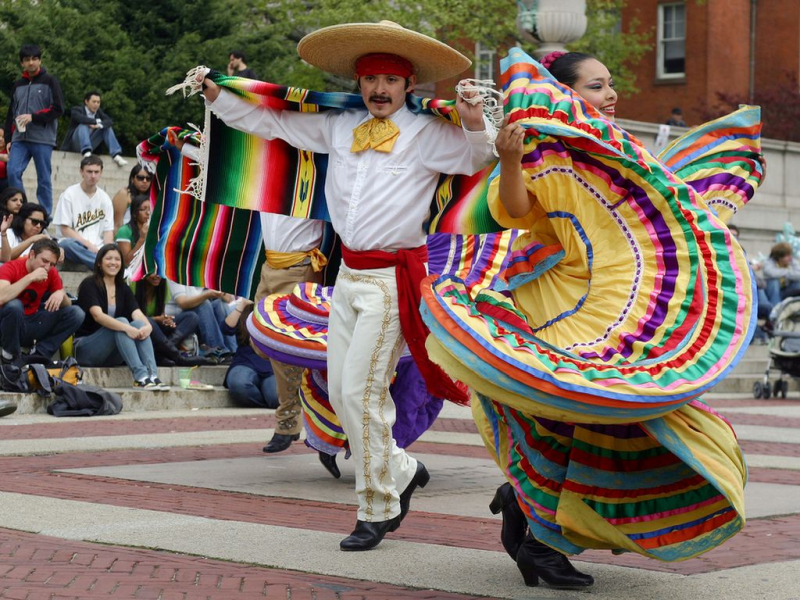
https://www.haikudeck.com/ 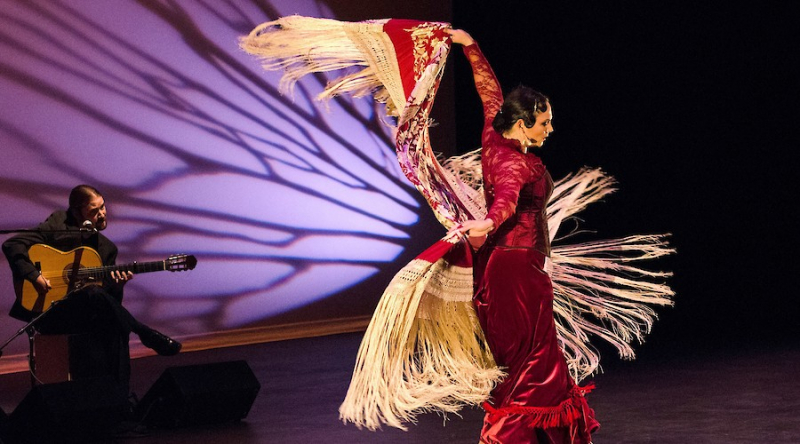
https://www.spainculture.us -
Although they are not as religious as the media sometimes portrays them to be, Spaniards are and have always been a majority Catholic nation (73% officially, although only 10% and 20% respectively admit to practicing their religion). Please respect this and refrain from saying anything that might be offensive.
Spanish people place a high value on religious holidays, especially Christmas and Holy Week (Easter). Tolerance for all religions should be practiced, particularly in large urban areas like Madrid, Barcelona, Valencia, Seville, or Malaga (where people and temples of all beliefs can be found) or various regions in southern Spain, which may have a sizable Muslim population (which makes up nearly 4% of the population of the country).
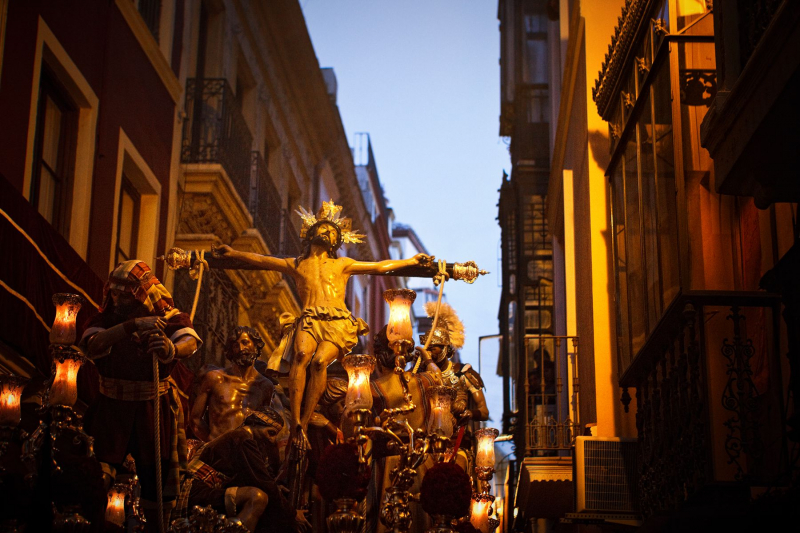
https://www.learnreligions.com 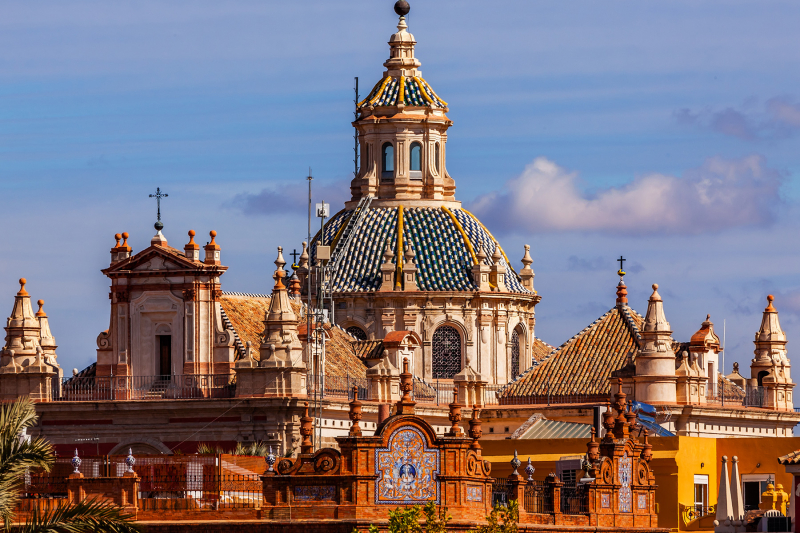
https://www.expatica.com/ -
Many Spaniards view bullfighting as a symbol of their rich cultural past, but opposition to it is growing in all major cities and undoubtedly among animal rights organizations throughout the nation. Many urban Spaniards view bullfighting as a spectacle geared for foreign tourists and elderly rural residents, and some young Spaniards may take offense if their nation is linked to it.
Many Spaniards use the royal family as an example of how divided the nation is: while the Heir Prince and his wife are not fans, King Juan Carlos and his daughter are Bullfights and associated events, like the annual San Fermin bull-runs in Pamplona, generate a substantial amount of revenue and draw a sizable number of tourists, both domestic and foreign. Additionally, bullfighting has been illegal in several cities and counties around the nation as well as in the northeastern region of Catalonia.
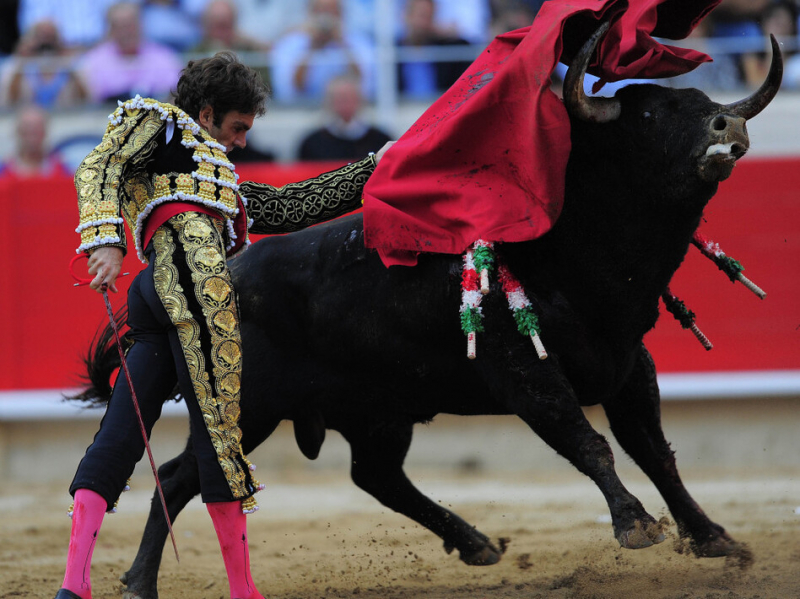
https://www.wbur.org 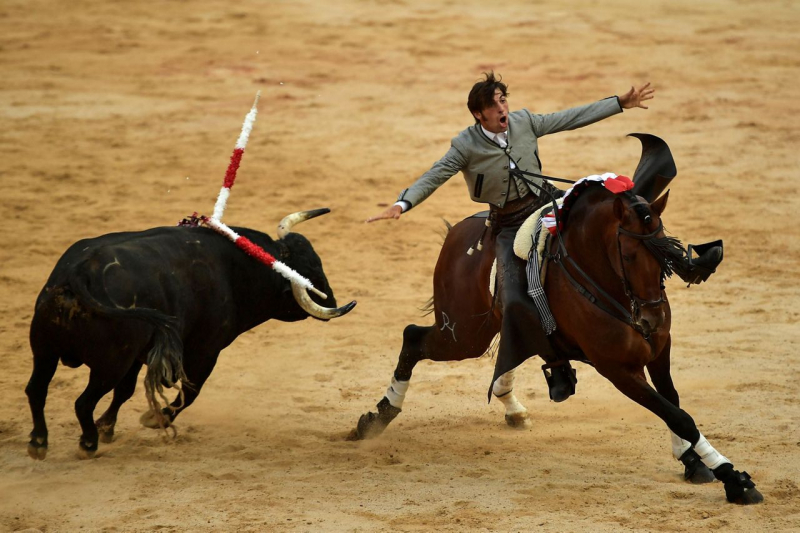
https://www.mynews13.com/ -
When meeting and parting with friends, relatives, and acquaintances, it's usual to give each other a cheek kiss. These types of male-to-male kisses are only permitted between family members or very close friends; otherwise, a firm handshake is preferred (same as in France or Italy).
A customary abrazo (hug), which is given to anyone you haven't seen in a while and/or are particularly thrilled to see, regardless of gender, is a good compromise (male-to-male is somewhat more common). It's more common than you might think for someone to throw their arms around you when they expect a hug, but you shouldn't reciprocate with strangers because it's likely a ploy to obtain your cash.
In connection with this, Spaniards are eager to keep physical touch while conversing, such as by rubbing your back or placing their hand on your shoulder. These should be interpreted as expressions of friendship amongst intimate friends, family members, and coworkers.
Despite the fact that Spaniards aren't usually the most timely people in the world, you should never be late for an appointment since it will be perceived negatively by the majority of people. It's acceptable for women to sunbathe topless on Spanish beaches. Particularly prevalent in tourist locations is this practice. Nudist or "clothing-optional" beaches allow for full nudity. When having lunch or dinner, Spaniards wait until everyone is seated and ready to eat before they start to eat. They also wait until everyone has done eating before getting up from the table.
Other than that, table manners are conventional and informal, though this also depends on where you are eating. It's customary to split the bill evenly when it comes, regardless of how much or how expensive each person's meal was.
Rarely do Spaniards eat or drink in the street. Food to go is rarely an option at bars, however "tapas" are frequently offered. The "doggy bag" was especially unheard of until lately. Even if it's still uncommon, taking restaurant leftovers home has less of a bad reputation than it did in the past several years. One orders "un taper," which is short for "Tupperware," or "una caja." Older Spaniards will probably still look askance at this. Public display of intoxication is often frowned upon.
https://www.foundationrecruitment.com 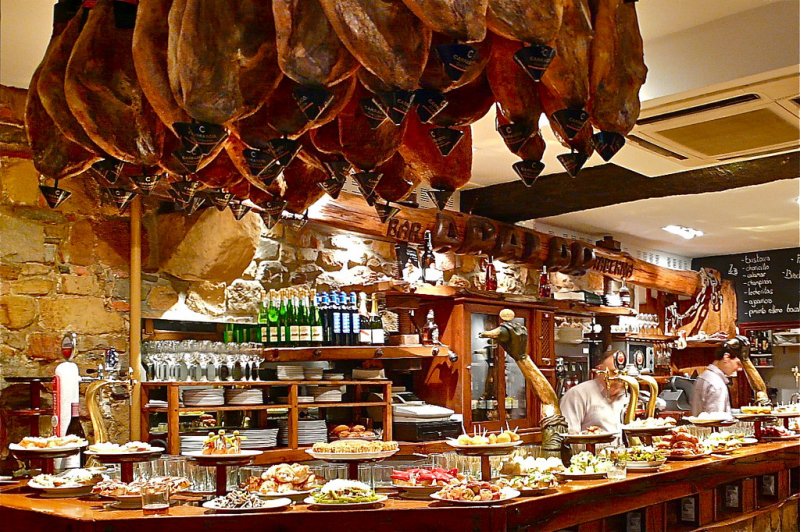
http://blog.hotelsclick.com/ -
An informal welcome is usually made with a kiss on each cheek, beginning with the left. This style of greeting is very popular among ladies. Men may kiss ladies more frequently than they shake their hands when saying hello and good-bye.
In formal settings, a firm handshake, smile, and eye contact are the proper greetings. Once familiar, greetings become much more affectionate, and Spaniards frequently prefer to embrace (abrazo). This could involve a hug and a pat on the elbow or shoulder (between men) When shaking hands, some Spanish males will lay their left hand on the other person's right forearm to show that they are friendly.
In formal contexts, it is acceptable to address people by their given names or titles, such as "Mr." for males and "Seora." for women. However, it is uncommon for someone's friends to use their title and last name to address them. Even in formal contexts, Spaniards quite rapidly establish first names. Depending on the time of day, the standard spoken greeting is "Buenos dias" (Good Day), "Buenas tardes" (Good Afternoon), or "Buenas noches" (Good Evening/Night). People may also ask, "How are you?" (How are you). "Hola" is a more informal greeting (Hello).

https://www.thoughtco.com/ 
https://www.expatica.com/ -
Spain's etiquette is generally comparable to that of your own country. Every time you walk into a store or other establishment, you are supposed to extend a greeting. A handshake is customary when meeting new people, such as acquaintances.
A double kiss on the cheek between friends is rather typical. In the end, it's just vital to be polite, regardless of the type of welcome. Even though it is crucial to arrive on time for social occasions, it is frequently acceptable to be a little late. People are likely to say "no pasa nada" (it's okay) in response to your apology.
You are supposed to bring a gift when someone asks you over for dinner. You get to decide whether you want wine, chocolate, or flowers. For any youngsters living in the home, people typically also buy small gifts (such tasty sweets).
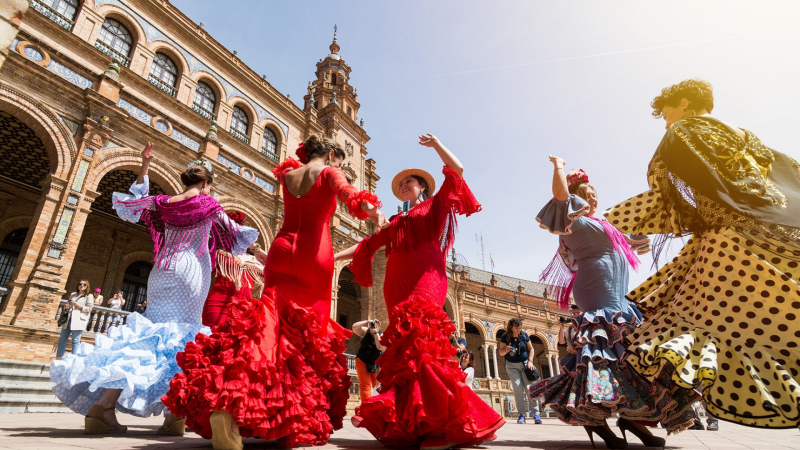
https://www.expatica.com/ 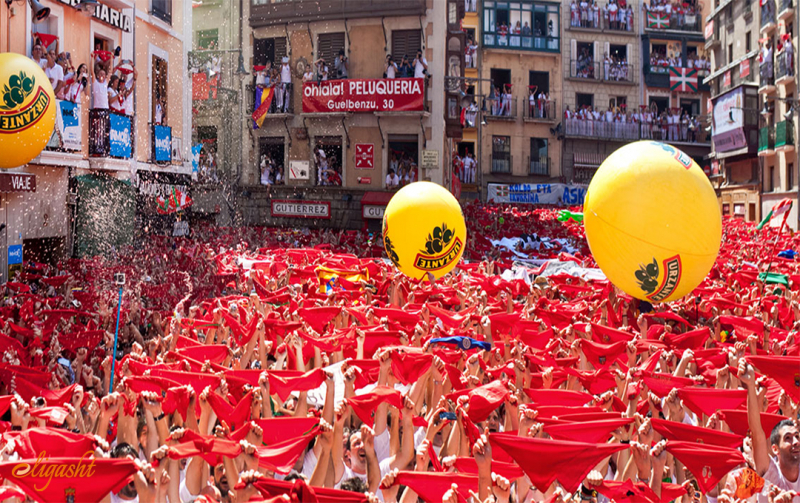
https://www.eligasht.co.uk/ -
The rich tradition of art and culture in Spain was significantly impacted by Franco's dictatorship (1939–1955), when many artists were forced to practice their trade in exile. The Spanish government supports all types of art and humanities, which is reflected in their museums, universities, and professional academies. There is a great deal of pride and enthusiasm in the heritage of Spanish art.
With his innovative contribution to architecture, Antoni Gaudi (1852–1926) made his mark on Spain, particularly in and around Barcelona. His work, which includes the well-known basilica La Sagrada Familia, was distinctive and varied. Famous artists from Spain include Picasso, Dali, Goya, Velázquez, and El Greco, to mention a few.
The history of Spain has been well-documented in literature since the Middle Ages, notably the poem "Cantar de mio cid," which dates to the 12th century. The Don Quixote tale, written by Miguel de Cervantes Saavedra and first published in 1605, is still very well-known today. The adventure was turned into a film in 2000. About the Spanish Civil War, which raged from 1936 to 1939, many books have been written. Spanish guitar music, which is well-known throughout the country and has been played at family and cultural festivals for centuries, is one of the most traditional genres of music in Spain.
The Flamenco guitar, which is paired with another historic and well-liked art form, the Flamenco dance, is the most well-known and well-liked of all the musical and dance traditions in Spain. The female performer typically dances while holding castanets (little concave pieces of wood in two parts linked by chord), which are clicked while she spins and stamps her feet to the music. She typically wears a flouncy red garment.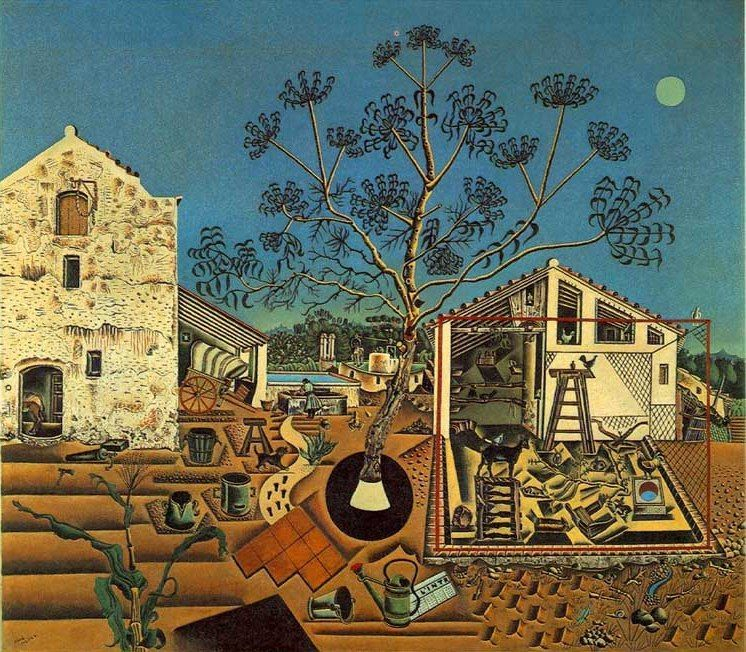
https://www.artst.org 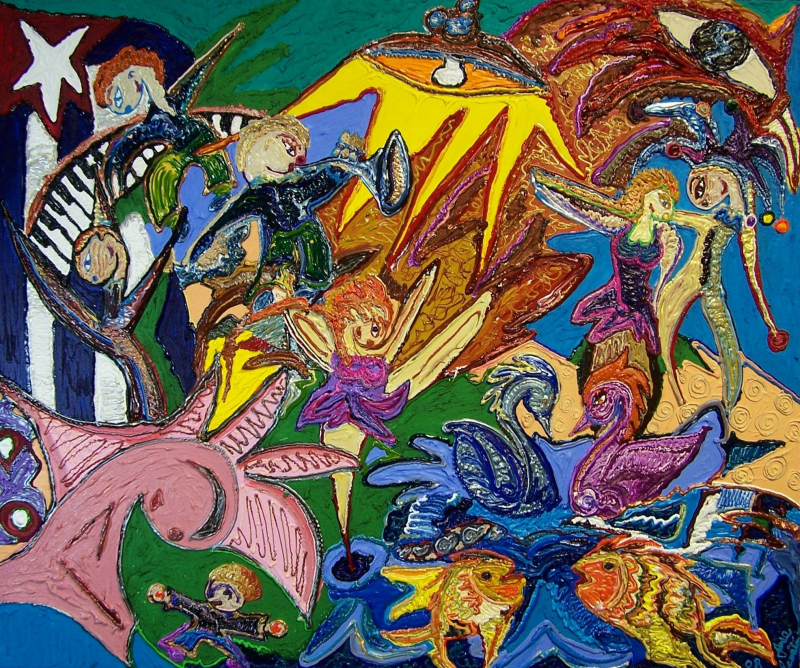
https://idaliassalon.com -
In contrast to what people are used to in the English-speaking West, all day meals start later in Spain. The primary meal of the day is lunch, or la comida. Typically, they consume it around 2 to 4 p.m. La cena, or dinner, is generally had after 9 o'clock. On weekends, it can start at 10 o'clock or later.
People eat in restaurants (also known as comedors or restaurantes) for complete meals or in bars that provide tapas, pinchos, and raciones (larger portions intended for sharing). While often more expensive, bars provide a wider range of drinks.Unless you specifically state that a table has been reserved for a specific number of people, Spaniards are free to bring extra guests with them to lunch or dinner. Instead of waiting to be seated, customers in Spain frequently select their own table at a restaurant. Wait to take a seat at someone's house until the host motions for everyone to do so.
Wait until the host or the person who invited everyone says it's time to start eating before you begin.
Keep your wrists resting on the edge of the table and your hands visible above the surface. The host makes the initial toast, which is followed later in the meal by the visitor. In Spain, toasting is done with the phrase "Salud!" (Health!).It's rude to throw food away. So, make an effort to finish everything on your plate. In contrast to leaving food on your plate, it is preferable to deny a large piece or second serving. Tap water at restaurants is rarely consumed by Spaniards. Most often, people are given bottled water or are required to buy a beverage, like a tiny beer (caa) or wine. Don't become too inebriated when eating. At meals, Spaniards often don't consume a lot of alcohol. They frequently engage in lengthy conversation while sharing a single drink.
A wicker basket of bread is frequently included during meals. After finishing their meal, people frequently use bread to devour any sauces or leftovers on their plate. Before or after supper, it's typical to take a leisurely stroll (paseo) outside. After the meal is finished, people continue to chat for a while around the table. The so-called "sobremesa" is this.
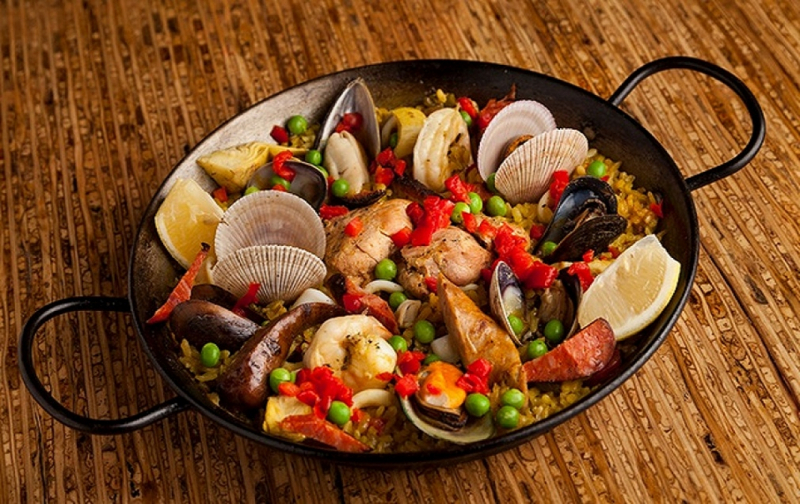
http://www.gourmetexpedition.com 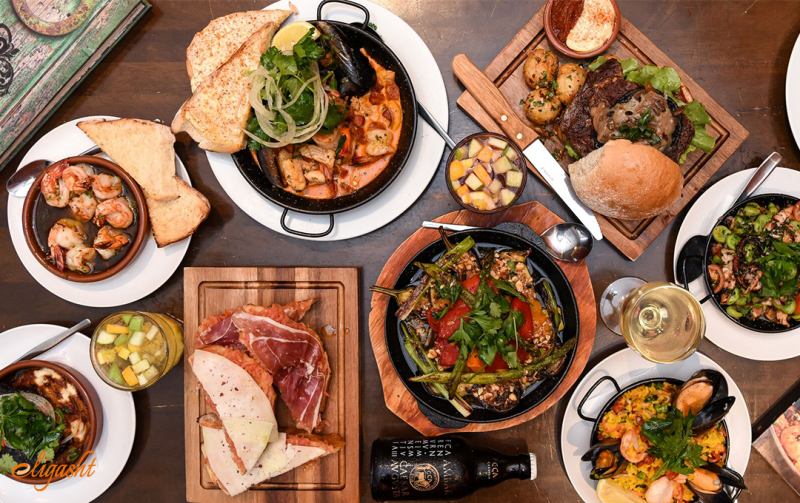
https://www.eligasht.co.uk -
People from Spain are known for being hospitable and giving. It is a frequent expression in Spain that “mi casa es tu casa” (my house is your house) (my house is your house). However, they frequently choose to socialize outside of their houses, such as in bars and cafés. As a result, try not to take it personally if a Spaniard does not ask you over right away.
Visitors from Spain don't always need to bring anything. In general, people are more interested in you as a person and your company than in the things you provide. Meals will likely be served later than usual. Typically, dinner is consumed between 9 and 11:30 p.m. After a meal is done, don't leave right away. Following the meal, people engage in casual, enjoyable chats over coffee or alcoholic beverages.
The sobremesa, which frequently lasts well into the morning, serves as the focal point of the visit. When a host stops providing you with more beverages, you can typically tell when they are ready for you to leave their house. When the night is nearly over, some people might not want to make an official statement.
An alternative phrase is "la penultima," which means "the last but one" or "one final drink for the road." This implies that you don't want to go because you're having so much fun. Before leaving someone's home, be careful to say farewell in full. Before leaving, everyone normally hugs each other. From the moment someone announces their leaving until they actually say goodbye, goodbyes can sometimes last quite a while.
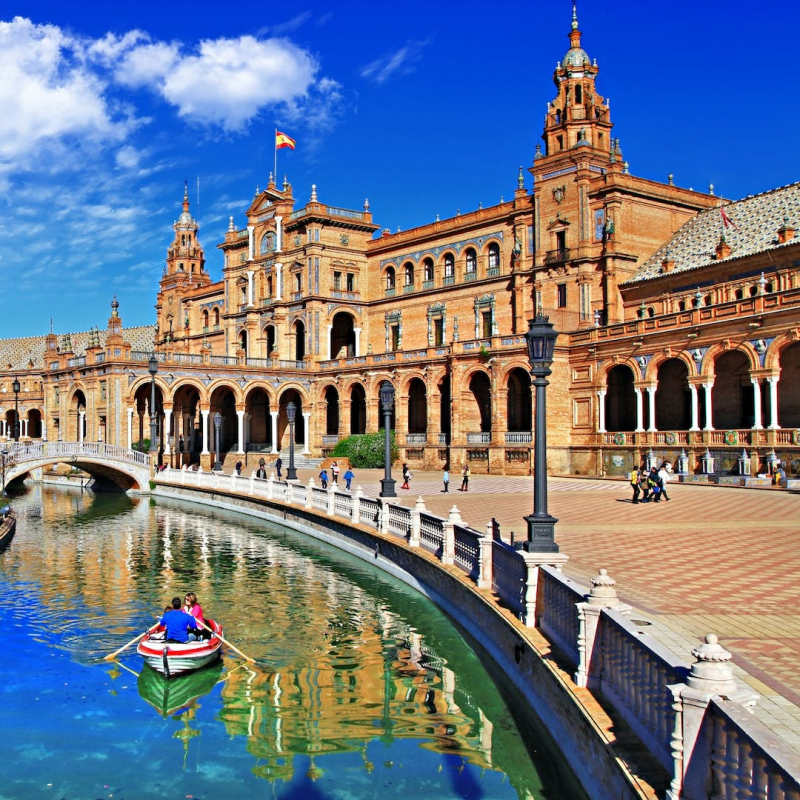
https://www.leger.co.uk/ 
https://www.tripsavvy.com -
Although young people in Spain can start dating as early as 13, these relationships usually aren't long-term. Teenagers frequently gather and socialize in groups at school. Cafes, parks, and beaches are typical locations for social gatherings and romantic dates. People's interest in potential partners increases as they age. But it's possible for Spaniards to take a while before settling down in a relationship.
In urban regions, relationships might go for many years before being engaged. Some people may opt to stay in de facto relationships rather than being married. Consensual unions increased from 5.9% of all couples in 2001 to 14.5% of all marriages in 2011. Over the previous few decades, the average age of first marriage has progressively increased, reaching 33.2 years old in 2013. Additionally, more and more couples are choosing to wed in civil ceremonies as opposed to religious ones.
In 1981, Spain legalized divorce. Since then, religious perspectives on this issue have loosened. These days, divorce and remarriage are prevalent. The adult population in Spain was 56.5% married and 5.8% divorced as per the 2011 census. 2 In 2005, same-sex marriage became legal as well. Since then, almost 2 million same-sex marriages have been performed, according to Spain's National Statistics Institute.
https://eldiadelanovia.com/ 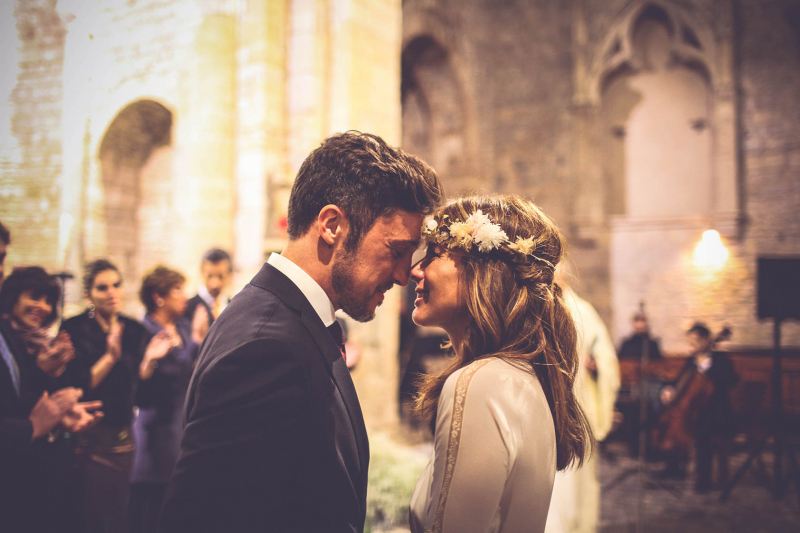
https://junebugweddings.com/













